Bikeshare in Metro Manila: An accessible, affordable transportation system we need
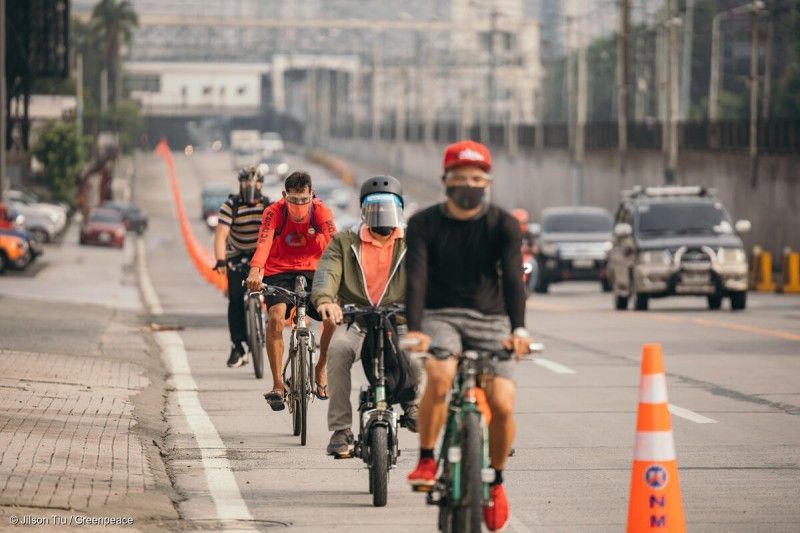
MANILA, Philippines — Millions of residents need affordable, accessible and immediate mobility now. This P200 million-peso investment, if designed well, could be the solution they’ve been waiting for.
The push to move people, not vehicles, in the Philippines received renewed momentum during the pandemic. The need was always urgent, but the struggle to find accessible, safe mobility options, especially for essential workers, became more prevalent as COVID-19 caused lockdowns across Philippine cities.
On Dec. 2, 2020, the Department of Transportation shared its plans for a bikeshare program at a press conference held by the agencies of the Joint Administrative Order "Guidelines on the Proper Use and Promotion of Active Transport During and After the COVID-19 Pandemic.” Bikeshare is one of many national government commitments to promote active mobility.
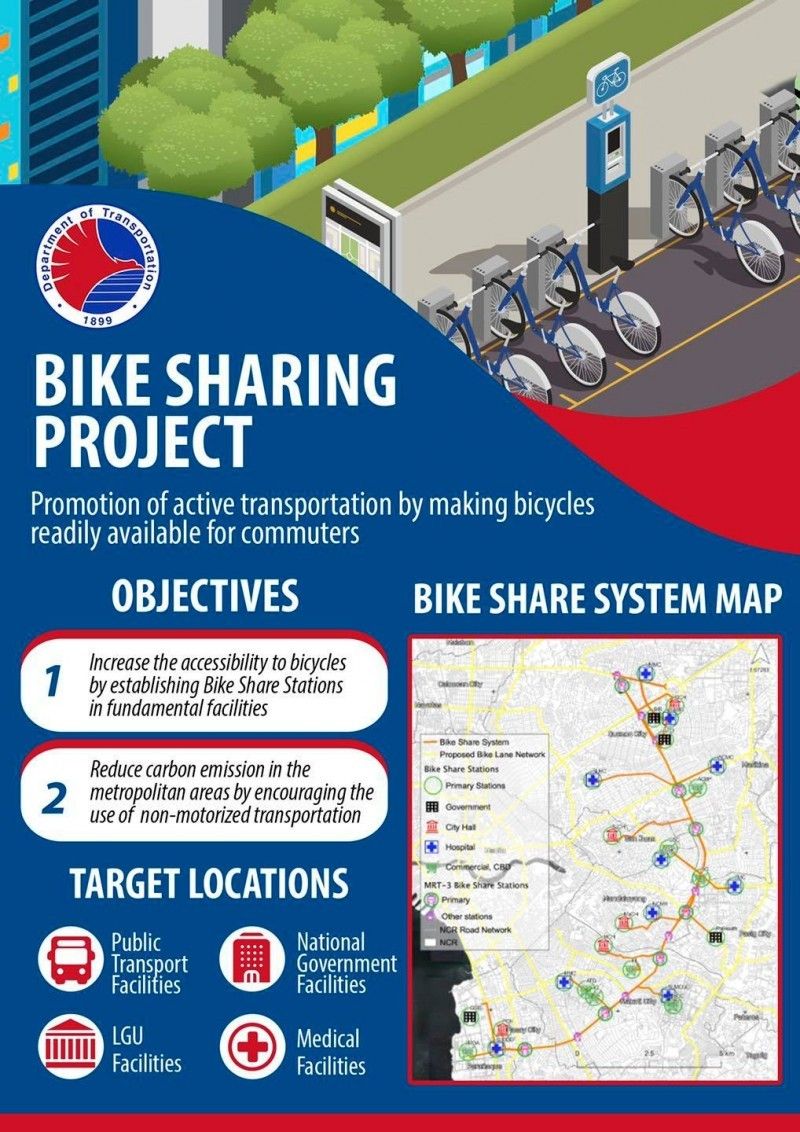
The Department of Transportation's plans for a bikeshare program.
This is not the first bikeshare attempt in Metro Manila. Previous projects include the ADB-supported Tutubi pilots in Bonifacio Global City and parts of Pasig and the MMDA bike-lending program along sections of EDSA and other main thoroughfares. However, none of these projects was able to scale reliable service to the public.
This leaves much room for the upcoming bikeshare system to showcase a better way forward.
So what factors would ensure success this time around?
3 key metrics
The Institute for Transportation and Development Policy (ITDP) released an updated Bikeshare Planning Guide in 2018 to “help cities think about how bikeshare can help them meet broader transportation goals and design systems to meet those outcomes,” says Dana Yanocha, principal author of the guide.
Importantly, the guide provides key metrics to help cities design a bikeshare system that will become inclusive public transportation, rather than a novelty.
The first is station density. ITDP recommends 10–16 stations per square kilometer or a station every 300 meters. This helps ensure there’s a station within a convenient walking distance from major population centers.
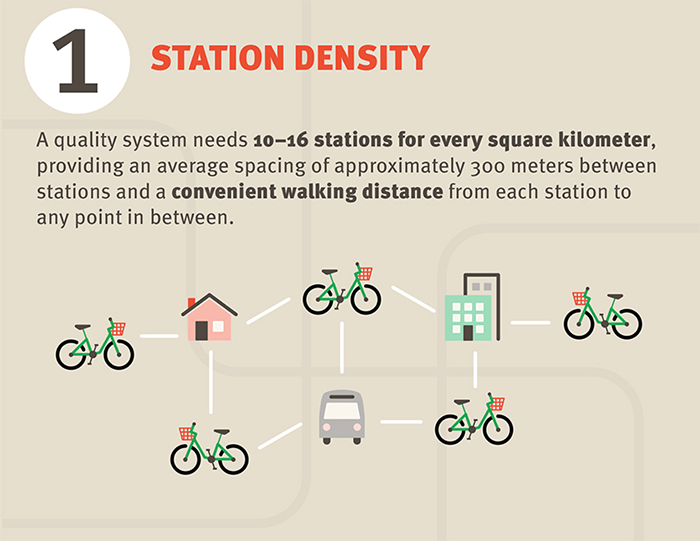
The next metric is bike density or bikes per resident. ITDP recommends 10–30 bikes per 1,000 residents in the service area so that stations are not only accessible but will have enough bikes to provide a reliable supply.
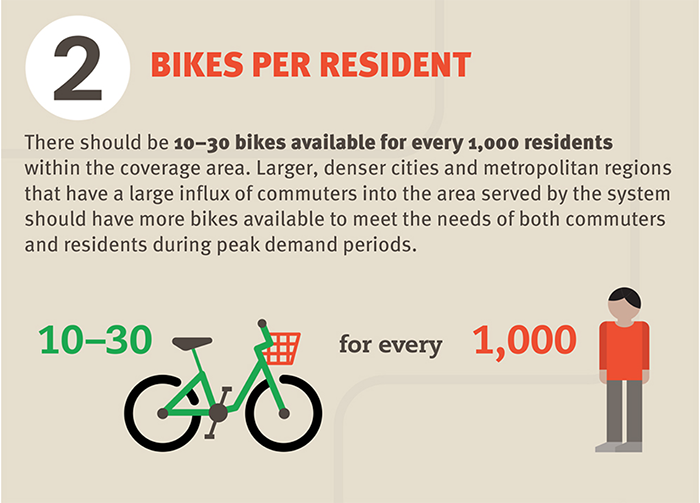
The last metric is the coverage area. ITDP recommends a 10-square kilometer coverage area, which will allow for enough origins and destinations to create a relatively high level of system use.Yanocha says “all three of these metrics together help to create a foundation of reliability.

Even if you don’t know exact station locations, you can be reasonably confident that there will be a station close to you at both your origin and your destination.”
Bikeshare successes
Yanocha recognizes that especially with inaugural phases of a bikeshare system, not all metrics will be met perfectly. Still, she advises, “it’s important to think of what types of trips you are trying to generate and placing stations in a way that enables you to do that.”
ITDP has seen successful application of their guidelines in many cities where they work, including Mexico City, Rio de Janeiro and Buenos Aires. All these cities have recently improved their bikeshare systems and seen increased ridership.
“Something to consider about megacities specifically is that people may be taking longer trips because destinations are further from each other,” says Yanocha. “So thinking about really investing in and designing a bikeshare system around integration with public transit could be a good opportunity.”
Tentative plans
According to the DOTr’s presentation at the December press conference, the initial proposal shows a wide coverage area along EDSA from Mall of Asia to SM North EDSA. The bikeshare will connect to national government and local government facilities, medical facilities and commercial establishments in central business districts.
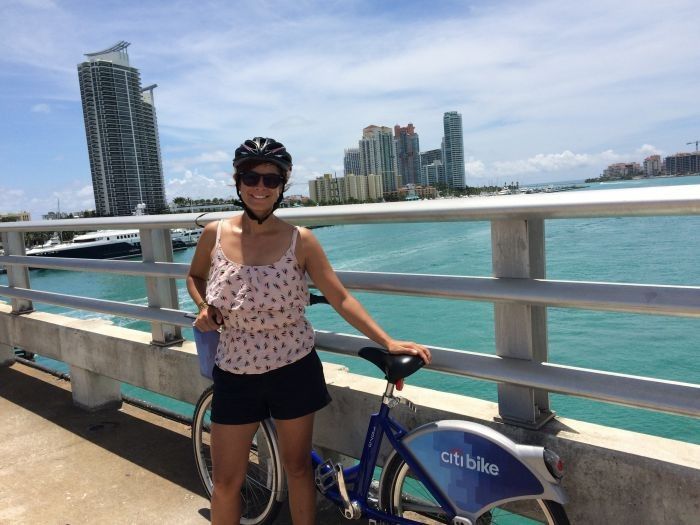
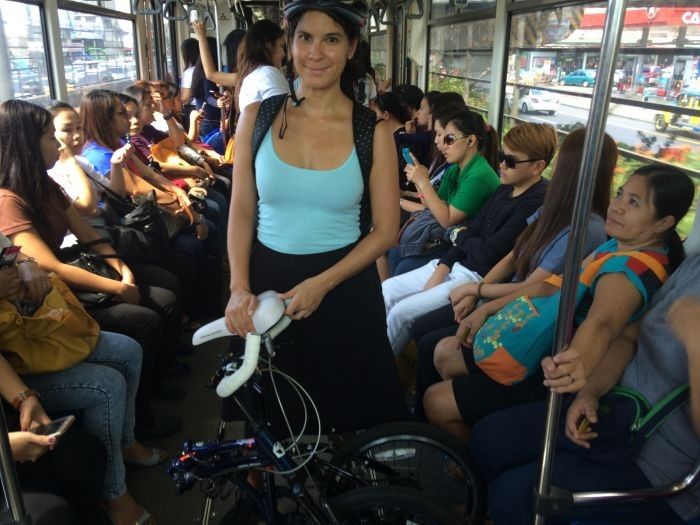
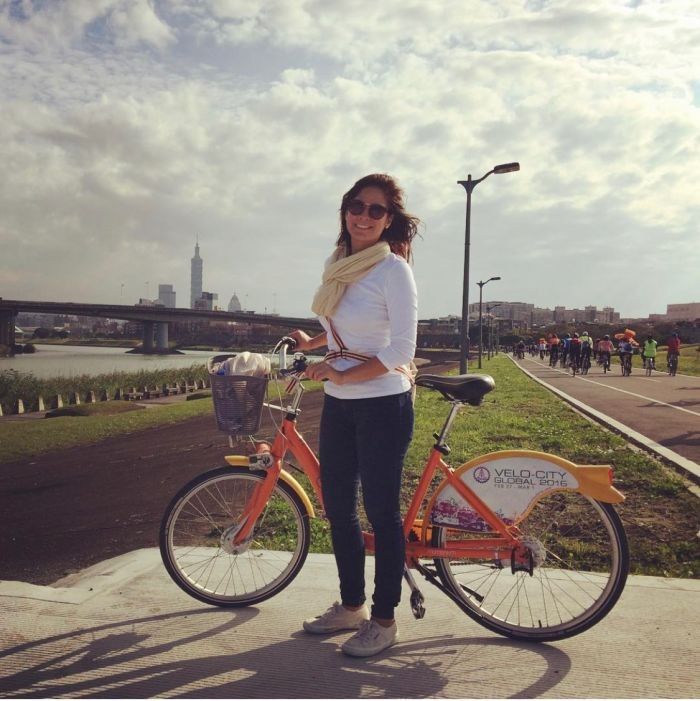
However, the presentation clarifies,“the number and location of stations are tentative as the project team is currently evaluating the feasibility of installing bikeshare stations in the identified facilities.” This means that there’s still a chance to refine the network.
Whether cities are launching new bikeshare systems or expanding new ones, if well-designed, they can expect steady use, says Yanocha. ?“In the face of really low transit ridership, bikeshare has seen expanded ridership across the board. Even looking at similar months this year compared to last year, we are seeing an uptick in ridership because people feel more comfortable using a personal mode where they can safely maintain distance from others.”
Heeding the experts
Bicycle demand in Philippine cities continues to surge as commuters look for reliable ways to take essential trips. Bicycle infrastructure—such as segregated bike lanes, bike parking, and connected corridors—will play a critical role in providing these vulnerable road users a safe way to move around the city.

Bikeshare will increase access to existing transit as well as open new ways to reach key destinations. Even people who already own a personal bike will find bikeshare useful for one-way or multimodal trips.
The DOTr bikeshare is an important step toward a more people-friendly Metro Manila. Heeding the recommendations of the ITDP Bikeshare Planning Guide or others like it will ensure commuters get a system that meets their needs.
Julia Nebrija is a Manila-based urban planner passionate about making cities more friendly to people.




















